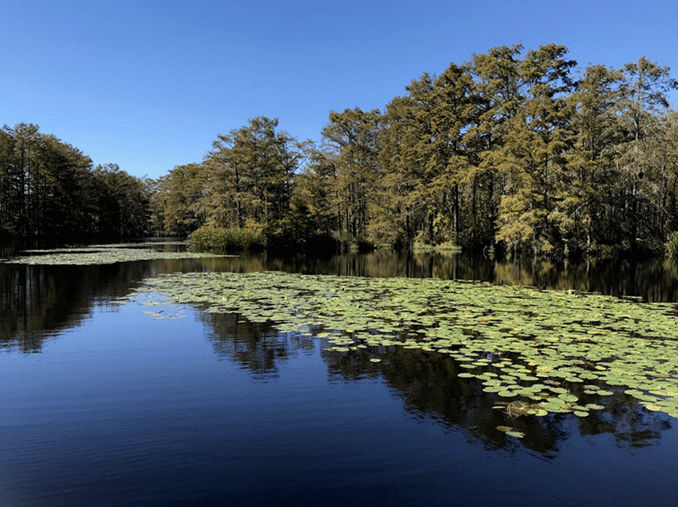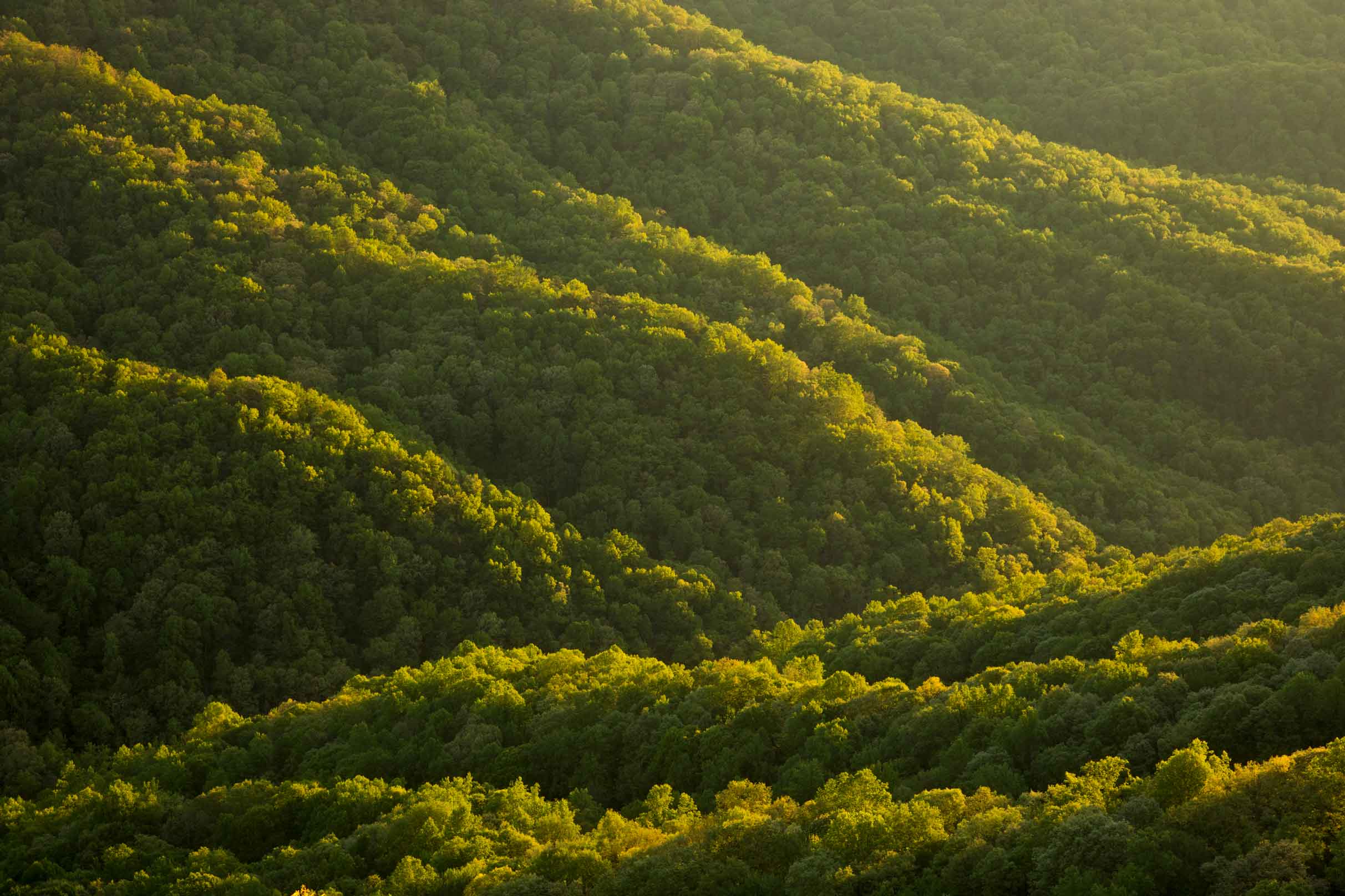Report on Community Forests Highlights Economic, Cultural, Spiritual, and Other Benefits
Report on Community Forests Highlights Economic, Cultural, Spiritual, and Other Benefits
The USDA Forest Service Community Forest and Open Space Conservation Program Helps Communities Create These Assets
For IMMEDIATE RELEASE (June 30, 2021)
Greenville, SC – Community forests can bolster rural economies, provide tangible economic value, enhance the quality of life, and enrich cultural and spiritual heritage, according to a just-published report from The Trust for Public Land. The report, Community Forests: A path to prosperity and connection, notes that “Community forests are protected forestlands that contribute to healthy, flourishing communities. Importantly, they offer residents and community members a direct say in how these lands are stewarded over time.” The report was co-funded by the USDA Forest Service (USFS) and the U.S. Endowment for Forestry and Communities (Endowment).
“The community forest movement is powerful because it provides spaces for people to connect to nature and each other where they live, and direct economic benefits to the people in the communities they serve,” said Diane Regas, President and CEO of The Trust for Public Land. “The rich diversity of the communities that are stewarding and creating community forests across the country is inspiring, and we’re proud to ensure that community voices drive this work. I’m grateful to the U.S. Forest Service and the Endowment for their partnership in highlighting the range of benefits community forests bring to communities through this important new report.”
“Community forests are another economic development tool that benefit residents, tourists, and businesses,” noted Peter Stangel, the Endowment’s Chief Operating Officer. “These local forests provide economic returns from traditional forest products such as timber and fiber. They also help protect drinking water sources, sequester atmospheric carbon, provide habitat for wildlife, and offer superior recreational opportunities, among other amenities. This report provides tangible evidence of their benefits.”
Case studies for 17 community forests created between 2001 and 2018 are included in the report and emphasize the diversity of forests funded by the USFS. For example, the 355 acre Barre Town Forest in Vermont boasts 20 miles of a 70 mile plus trail network that is a regional destination for mountain biking and cross-country skiing. The Trust for Public Land estimates that non-local visitors to the community forest generate about $130,000 in direct spending annually. In another example, the 299 acre Mt. Adams Community Forest/Pine Flats in Glenwood, Washington, generated $610,000 in gross timber receipts and contracts for forest management activities between 2014 and 2017. These activities helped provide full-time, year-round work for local logging crews.
The USFS Community Forest and Open Space Conservation Program provides grants to help communities and tribes establish community forests. Through March 2021, the program funded 62 projects, awarding $19.9 million that has leveraged an additional $38.2 million to help create nearly 25,000 acres of community forests.
# # #
For more information contact:
Brandon Walters, Communications and Administrative Coordinator, 864-233-7646, brandon@usendowment.org
The U.S. Endowment for Forestry and Communities (the Endowment) is a not-for-profit public charity working collaboratively with partners in the public and private sectors to advance systemic, transformative, and sustainable change for the health and vitality of the nation’s working forests and forest-reliant communities – www.usendowment.org




